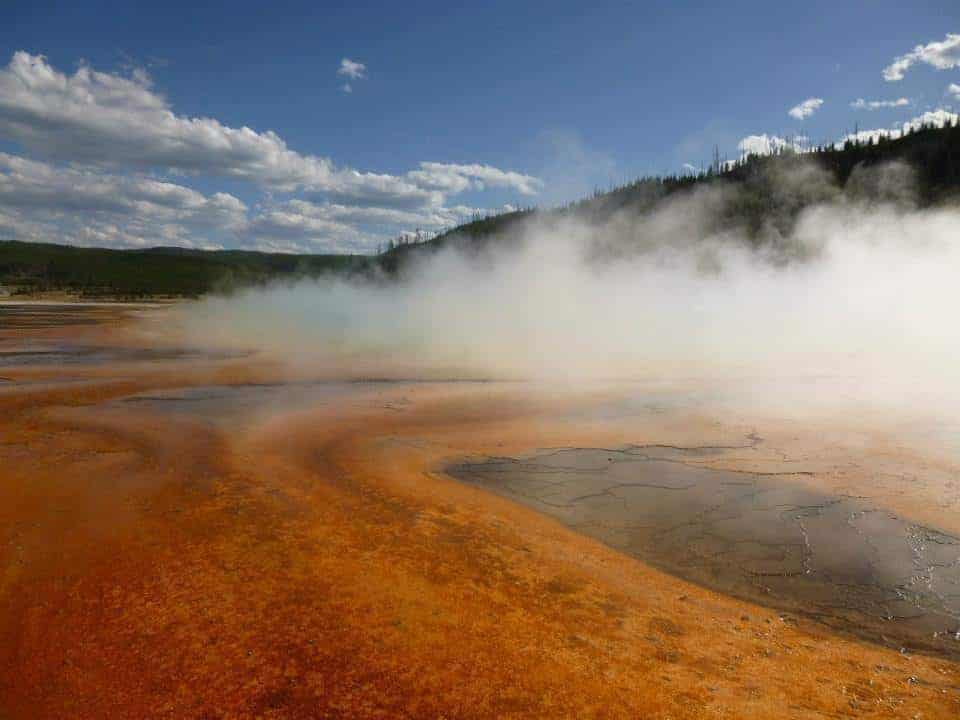Winter solstice
The winter solstice 2023 in Central Europe will occur on Friday, December 22nd exactly at 4:27 a.m. (Paris time).
What does winter solstice mean?
The winter solstice is the astronomical term for the moment in the sky when the Sun is farthest south from the world’s equator. The centre of the sun’s disk is then located above the Tropic of Capricorn, the Sun reaches its greatest height above the horizon at high noon in the Southern Hemisphere and begins return to the Tropic of Cancer. In Central Europe, the moment of the winter solstice will occur this year on Friday, December 22nd at 4:27. Central European Time.
Winter begins in the northern hemisphere
The solstice is caused by the tilt of the Earth’s axis and the rotation of the Earth around the Sun. At the time of the winter solstice, winter begins in the northern hemisphere, summer begins in the southern hemisphere. It is during this period that our planet will come closest to the Sun on its annual pilgrimage and will remain in this position for approximately two weeks.

Shortest day of the year
The day of the winter solstice is the shortest day of the year in the northern hemisphere (the more north, the shorter the time of sunshine), and the longest day in the southern hemisphere (the further south, the longer the time of sunshine).Winter reigns in the northern hemisphere these days. The day of the winter solstice is a harbinger for northern part of the planet that the power of the sun is starting to return again and the days are starting to get longer.
Winter solstice in legends
According to pagan legends, on this day, the Earth goddess gave birth to her son – the Sun God, who grows comfortingly and grows stronger. The Christian world commemorates the birth of Jesus Christ during the winter solstice.
Winter solstice in Slavic mythological deity personalize the new born winter infant Sun and symbolizing the New Year’s cycle.
According to myths, the Egyptian goddess Isis’s son Horas and the Greek goddess’s son Apollo were both born on the Winter Solstice. In Finnish mythology, the legend explained that Louhi, the witch goddess of the North, kidnapped the sun and moon, and held them captive inside a mountain, causing the dark days of winter.
Why is the winter solstice on December 21st or 22nd?
Winter Solstice occurs between December 21st and 22nd due to Earth’s elliptical orbit. The date variation results from the planet’s axial tilt and orbital shape, influencing the precise alignment with the sun. This tilt causes a slight discrepancy each year, impacting the moment when the Northern Hemisphere is farthest from the sun. The fluctuation between December 21st and 22nd exemplifies the intricate dance of celestial mechanics that defines the timing of this annual astronomical event.
Winter Solstice typically falls on December 21st, but occasionally, it occurs on December 22nd. The shift happens approximately once every four years.
People worshiped solstice
People have worshiped the symbolic rebirth of the Sun since ancient times. The day of the winter solstice was one of the biggest holidays of the year and was associated with rituals that were supposed to ensure a person’s health, strength, a rich harvest and ward off misfortune and illness from the family.
At the beginning of winter, people consecrated their dwellings and outbuildings, worshiped animals, summoned a bountiful harvest and drove out evil spirits from their homes. The girls devoted themselves to love spells, which were supposed to ensure a good marriage. Reconciling quarrelling neighbours was one of the good habits. The New Year should not have started with quarrels and anger.

Conclusion
On Winter Solstice people reflect on the significance of the shortest day and longest night. Symbolizing nature’s cyclical dance, this celestial event invites contemplation and signals the gradual return of longer days. Embracing the changing seasons, we await the promise of renewed light and warmth









